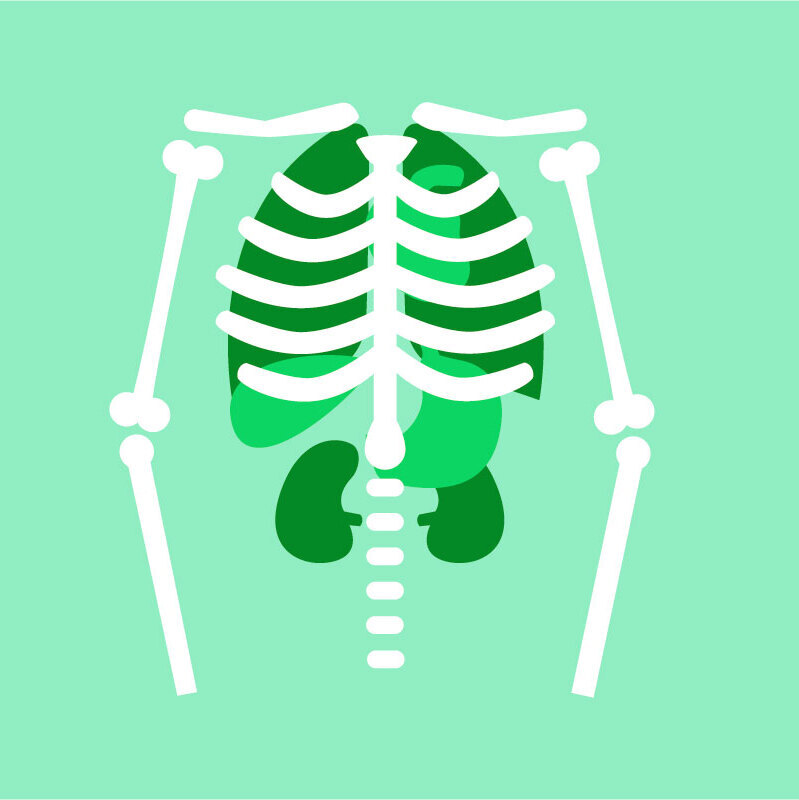An interesting report from the TREND study - these kinds of study are very important for understanding the prodromal phase of PD and how it compares to normal ageing.
PLoS One. 2014 Mar 27;9(3):e92878. doi: 10.1371/journal.pone.0092878. eCollection 2014.
Lerche S, Hobert M, Brockmann K, Wurster I, Gaenslen A, Hasmann S, Eschweiler GW, Maetzler W, Berg D.
Abstract
BACKGROUND:
Mild parkinsonian signs (MPS) are common in the elderly population, and have been associated with vascular diseases, mild cognitive impairment and dementia; however their relation to Parkinson's disease (PD) is unclear. Hypothesizing that individuals with MPS may reflect a pre-stage of PD, i.e. a stage in which the nigrostriatal system is already affected although to a milder degree than at the time of PD diagnosis, aim of this study was to evaluate the similarities between MPS and PD.
METHODS:
The TREND study is a prospective cross-sectional cohort study in individuals >50 years with biennial assessments designed to identify markers for an earlier diagnosis of Parkinson's and Alzheimer's disease. For this substudy 992 individuals were included for analyses (892 controls, 73 MPS individuals, 27 PD patients). Parameters defining risk of PD (sex, age, positive family history), prodromal markers (hyposmia, REM sleep behavior disorder, depression and autonomic failure) as well as quantitative fine motor, axial motor and cognitive parameters were compared between the three cohorts.
RESULTS:
As expected, PD patients differed from controls with regard to 12 of 15 of the assessed parameters. MPS individuals differed significantly from controls in 12 of the PD-associated parameters, but differed from PD only in 5 parameters.
CONCLUSION:
This study shows that individuals with MPS share many prodromal and clinical markers of PD with PD patients, implying that either a common dynamic process or similar constitutional factors occur in MPS individuals and PD patients.






